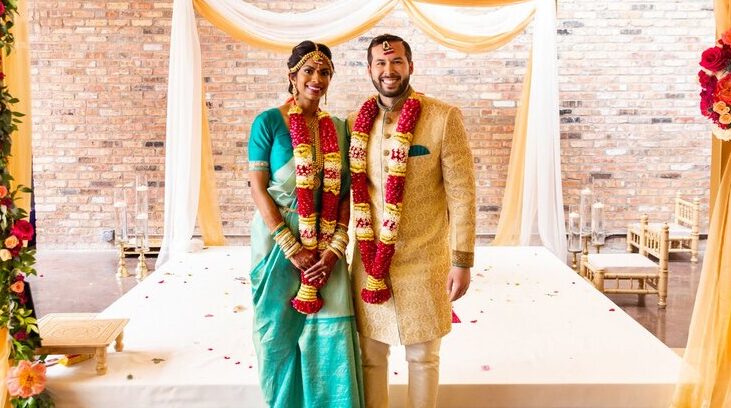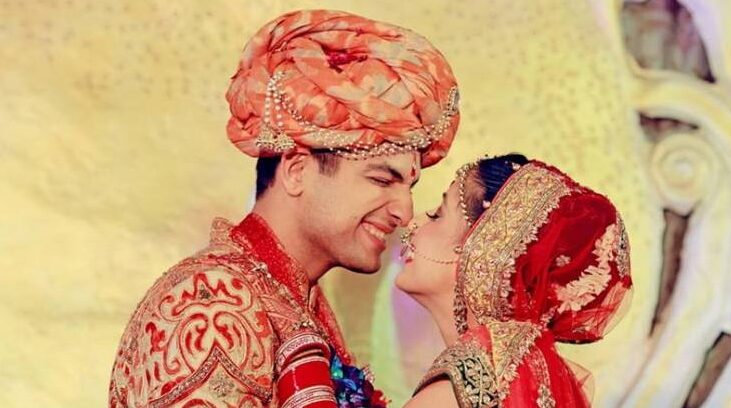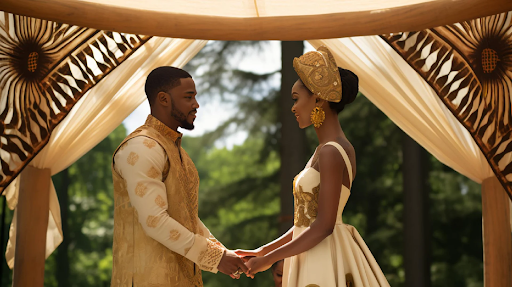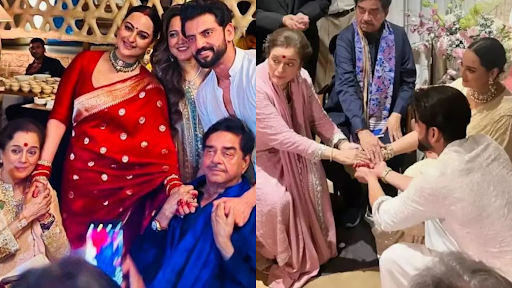Introduction
In an increasingly interconnected world, multicultural weddings stand as a vibrant testament to the beauty of diversity and the union of cultures. These gatherings are not just about bringing two people together but are a celebration of love that crosses cultural boundaries. Embracing a multicultural wedding is an enriching experience that honors the heritage of both partners while crafting a unique and memorable event. Understandably, planning such a wedding involves careful consideration, sensitivity, and creativity to blend different traditions harmoniously.

Why Celebrate Multicultural Weddings?
Celebrating multicultural weddings is vital for numerous reasons. It’s a powerful way to demonstrate respect and appreciation for the distinct backgrounds of each partner. By incorporating diverse cultural elements, couples and guests embark on a memorable journey that educates and enlightens, fostering a deeper understanding and acceptance of global traditions. Beyond the celebration, it’s a commitment to building a future that acknowledges and respects the rich tapestry of humanity’s cultures.
Key Aspects of Celebrating Multicultural Weddings
- Understanding diverse cultural traditions is essential. Start by researching both cultures to identify significant rituals and customs that could be incorporated into the wedding.
- Communicating and blending different rituals in a respectful manner is crucial. Engage in open dialogues with family members to determine which traditions are most meaningful to include.
- Choosing inclusive venues and vendors who are experienced in handling multicultural events can significantly ease the planning process.
- Catering and menu ideas should celebrate the culinary diversity of both cultures, offering guests an array of delights that tantalize the palate.
- Multicultural wedding attire and fashion provide a unique opportunity to showcase traditional garments, weaving together a tapestry of fabrics, colors, and styles.
- Incorporating music and entertainment from various cultures enlivens the celebration, inviting guests to immerse themselves in a rich sensory experience.
- It’s important to handle sensitivities and respect differences with grace and understanding, ensuring a celebration that feels inclusive and respectful to all involved.
- Creative ways to involve family from both sides might include bilingual ceremonies, fusion dances, or storytelling sessions that share the love stories of both cultures.
Real-Life Inspiration Example of a Successful Multicultural Wedding

Weddings often feature thoughtful integration of traditions that highlight the beauty of unity. From ceremonies that blend vows in different languages to receptions adorned in a kaleidoscope of cultural decorations, these weddings stand as a testament to love’s power to bridge worlds. Such celebrations remind us that at the heart of every tradition lies the universal language of love, ready to unite us in its embrace.
Conclusion
Planning a multicultural wedding is a journey of love, discovery, and unity. Embracing this path not only enriches the couple’s experience but also offers guests a glimpse into the wondrous diversity of our world. As we celebrate these unique unions, we weave together the threads of different cultures into a beautiful tapestry of humanity, marked by mutual respect, understanding, and love.


